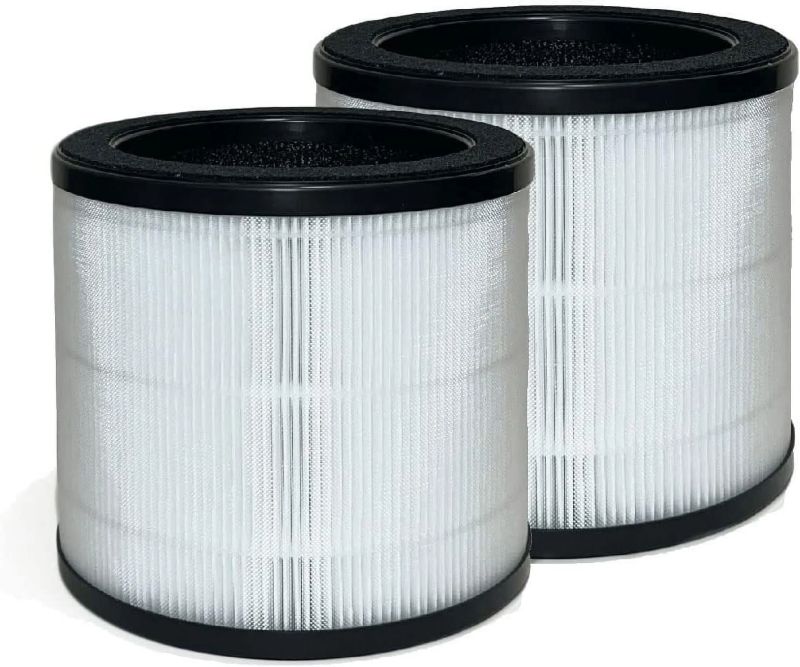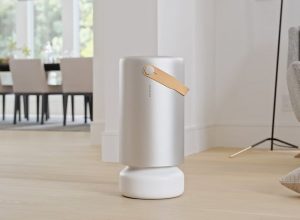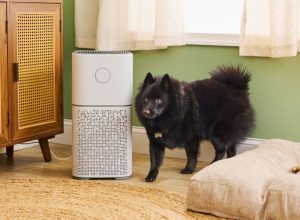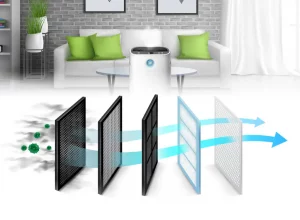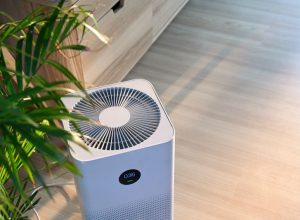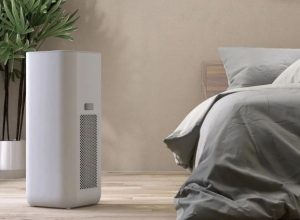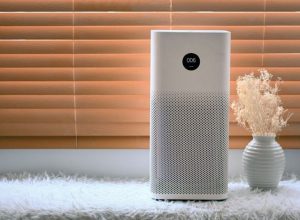Contents
HEPA, Carbon, and UV Filters: What’s the Best Air Purifier Technology?
Air purifiers have become vital in maintaining indoor air quality, especially in urban environments and households with allergies or respiratory issues. Among the various technologies available, HEPA filters, carbon filters, and UV filters are the most common. Each technology has its unique strengths and weaknesses, influencing their effectiveness in removing pollutants from the air. This article examines these three filtering methods, providing insights into their operation, effectiveness, and suitability for different applications.
HEPA Filters
High-Efficiency Particulate Air (HEPA) filters are designed to trap particles as small as 0.3 microns with an efficiency of 99.97%. This capability makes them particularly effective against allergens such as pollen, dust mites, and pet dander.
How HEPA Filters Work
HEPA filters utilize a dense mat of fibers arranged to create a tortuous path for air. As air passes through, particles become trapped through various mechanisms, including interception, inertial impaction, and diffusion. The design ensures that even the smallest particles are captured effectively.
Benefits of HEPA Filters
- Extremely effective for allergens and fine particulate matter.
- No chemical emissions; the filtering process is purely mechanical.
- Widely used in environments requiring stringent air quality standards, such as hospitals.
Limitations of HEPA Filters
- HEPA filters do not remove gases or odors.
- Require regular replacement, typically every 6-12 months, depending on usage.
Carbon Filters
Activated carbon filters use a bed of porous carbon to adsorb gases and odors from the air. This technology is particularly effective for removing volatile organic compounds (VOCs), smoke, and other gaseous pollutants.
How Carbon Filters Work
Activated carbon contains numerous micro-pores, significantly increasing the surface area available for adsorption. When air passes through the filter, pollutants adhere to the carbon surfaces due to weak intermolecular forces, effectively removing odors and chemicals.
Benefits of Carbon Filters
- Effective at eliminating odors and volatile organic compounds.
- Can be used in conjunction with HEPA filters for comprehensive air purification.
- Long-lasting if maintained properly (with regular replacements as needed).
Limitations of Carbon Filters
- Less effective against particulate matter and allergens.
- Carbon can become saturated, necessitating replacement to maintain effectiveness.
UV Filters
Ultraviolet (UV) filters, often used in conjunction with other filtration methods, utilize UV light to kill or deactivate microorganisms, including bacteria and viruses.
How UV Filters Work
UV light is emitted in a specific wavelength range that disrupts the DNA or RNA of microorganisms. When pathogens are exposed to this light, they can no longer reproduce or cause disease, effectively sanitizing the air.
Benefits of UV Filters
- Powerful at neutralizing airborne pathogens and microorganisms.
- Complementary technology; does not require physical replacement like HEPA or carbon filters.
- Can enhance air quality in environments prone to illness (hospitals, clinics, etc.).
Limitations of UV Filters
- Do not remove particulates or gases from the air.
- Effectiveness can diminish over time as bulbs lose intensity.
Comparative Summary of Air Purification Technologies
| Filter Type | Particulate Removal | Gas Removal | Pathogen Neutralization | Maintenance |
|---|---|---|---|---|
| HEPA | High (99.97% for 0.3 microns and larger) | None | None | Requires regular replacement |
| Carbon | Low | High | None | Requires replacement when saturated |
| UV | None | None | High | Requires lamp replacement periodically |
Which Air Purifier Technology is the Best?
The best air purification technology largely depends on the specific air quality issues prevalent in a given environment. If particulate matter, dust, and allergens are the primary concerns, a HEPA filter is essential. Conversely, if odors or VOCs are more problematic, activated carbon filters will be beneficial. For environments where there is a high risk of airborne diseases, integrating UV technology will significantly enhance the air purification process.
For the best overall performance, many air purifiers on the market combine HEPA and carbon filters with UV technology. This multi-layered approach ensures comprehensive removal of particulates, gases, and microorganisms, providing clean, healthy air.
